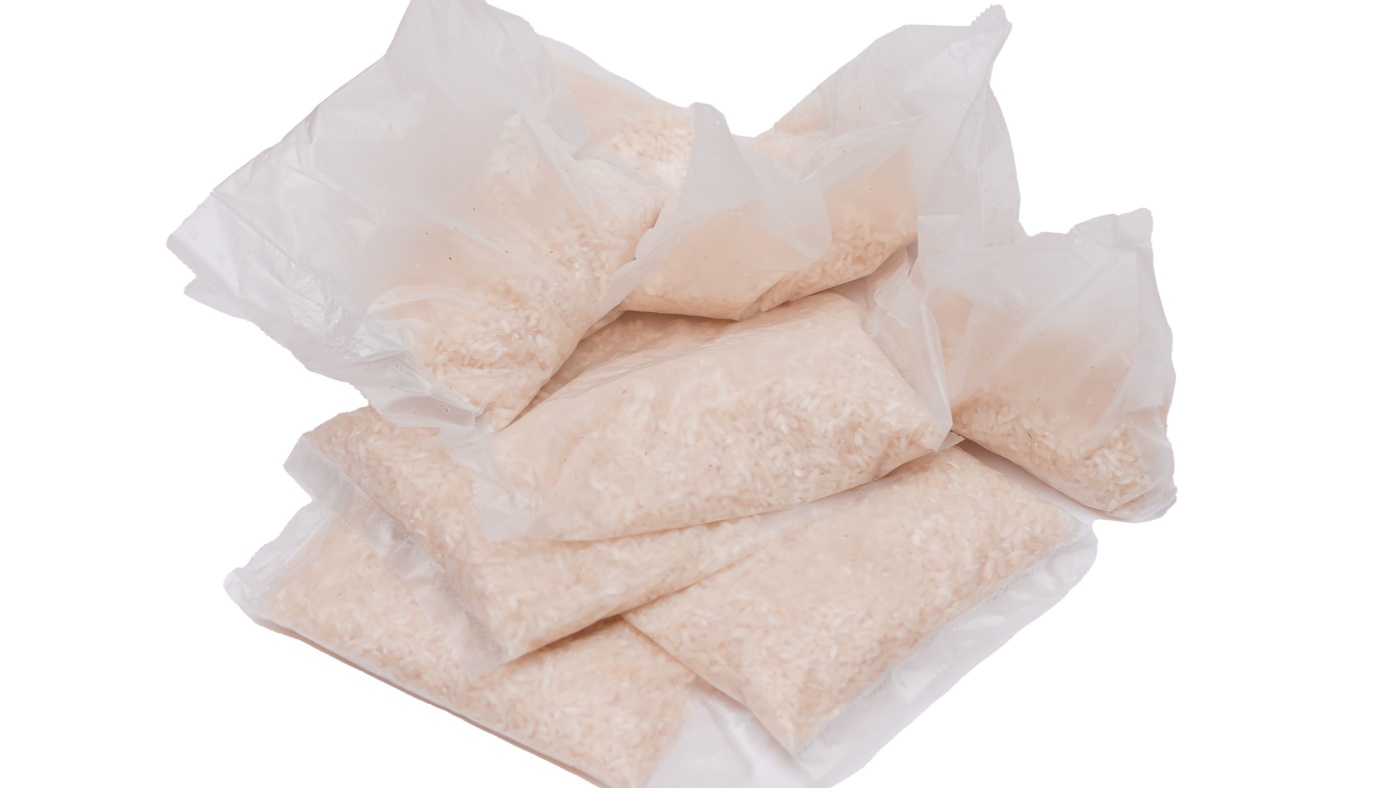Ag Secretary Tom Vilsack traveled to Great River Organic Milling in Fountain City, Wisconsin for a big announcement. He introduced long grain rice as the first commercially available product to come to market as a result of USDA’s Partnership for Climate-Smart Commodities.
“This is the first commercially-produced, climate-smart product, this long grain rice. It’s a two-pound bag of rice, and it’s been produced by 30 producers in three states, as was stated, and they produce this quality product. And then it’s come up here, and it goes through an amazing process that the folks here have created for putting that rice in these bags and then getting those bags to grocery stores and opportunities throughout the United States.”
Jim Whitaker is a rice farmer from Arkansas who made the trip to Fountain City, Wisconsin, for the announcement.
“I farm in Southeast Arkansas, and our farm consists of rice, cotton, corn, and soybeans. Arkansas is a very diverse state, but we are the largest rice-growing state in the country, our land is very flat, with very heavy clay soils, so it’s very conducive for rice. It holds water very well and rice is grown in a flooded environment, so that’s where we grow rice.”
Many people may not know that the flooded rice fields emit a large amount of methane.
“That’s correct. As fields are flooded, or anything that holds water, anywhere in the marsh swampland, lakes, and stuff like that, methane is emitted because of a wet microbial community that lives in the soils, that super mushy topsoil area. So, rice is a big emitter of methane, but it’s also the largest calorie consumed around the world. There are 400 million acres of rice grown globally. We grow about two-and-a-half million acres in the United States. What we’re finding out is we can reduce methane emissions by altering the way we water our rice. When we dry the soil during the growing season a couple of times, we can reduce methane by about 50 percent, reduce water by 30 to 50 percent, and grow a better, safer, cleaner crop.”
Vilsack says this is what the Climate-Smart Commodities Program was intended to accomplish. The rice is grown on 30,000 acres in Arkansas, Louisiana, and Mississippi, using a combination of flooding fields and then letting them dry out. That process reduces methane and water usage by 50 percent and increases carbon capture.
Vilsack hopes this is the first of many new products to come to market.
“Today’s announcement, today’s opening, today’s opportunity for this product to go to market represents the first of what I suspect will be hundreds of products that are produced in the country to resolve and to respond to consumer demand for sustainably-produced food but also provide an opportunity for farmers to get a better shake.”
The rice is available through Enrich Foods via Amazon. The company is planning on having the rice available at grocery stores by the end of the year.


